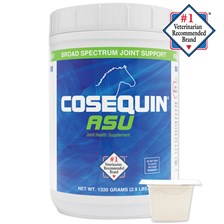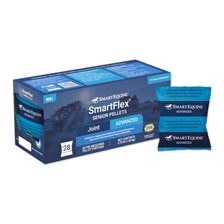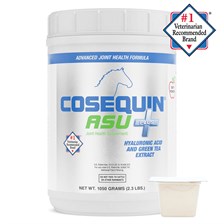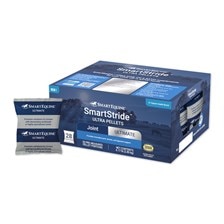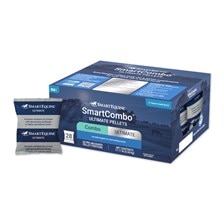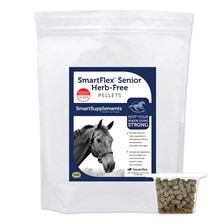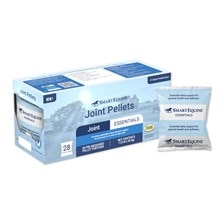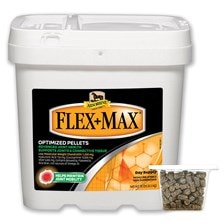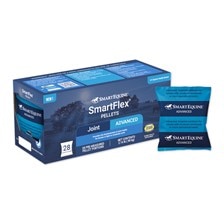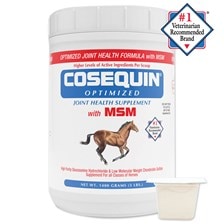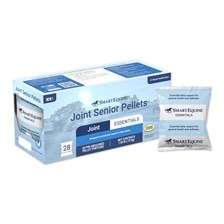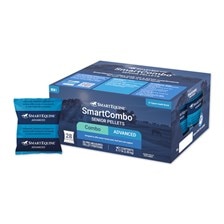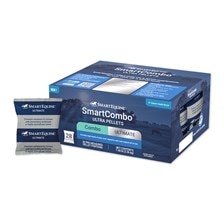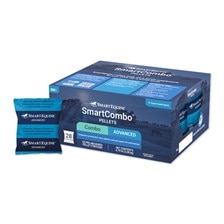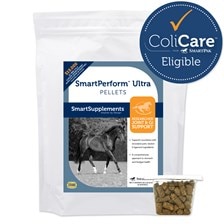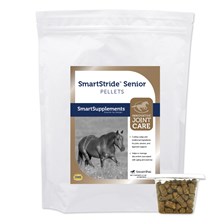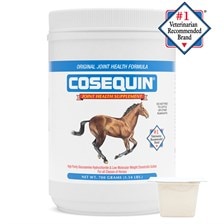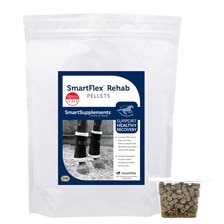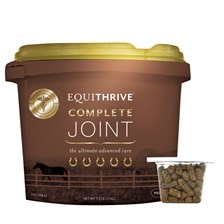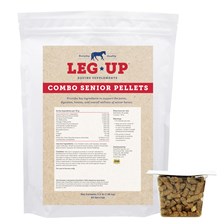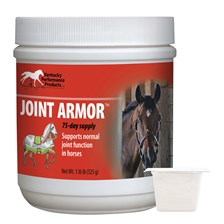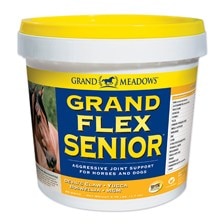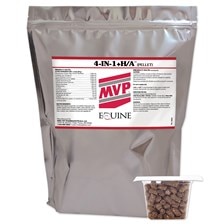Glucosamine For Horses
What Does Glucosamine Do for Horses?
Glucosamine is one of the most common ingredients in joint supplements for horses. Not only is it a precursor for chondroitin sulfate and other glycosaminoglycans (GAGs) found in articular cartilage, research suggests its protective role in joints goes beyond supplying the basic building blocks for the production of new, healthy tissue. Scientists now believe glucosamine has the ability to block enzymes and mediators that lead to cartilage breakdown.
Not sure which supplement is right for your horse? We have compiled comparison charts so that you can compare active ingredient amounts in the Joint Supplement category.
Sources and Bioavailability of Glucosamine for Horses
Glucosamine can appear on the label as glucosamine hydrochloride (HCl) or glucosamine sulfate (SO4). While the glucosamine HCl molecule ultimately provides 80% of its weight in glucosamine compared to the glucosamine SO4 module which provides 50-60% of its weight in glucosamine, both delivery systems have been shown to be absorbed orally and to have activity in equine joints (ie be bioavailable).
How Much Glucosamine to Feed a Horse
Levels of glucosamine in popular equine joint supplements for horses range from 1,200mg to 12,000mg. Studies that trace oral glucosamine through the body have demonstrated that it accumulates in articular cartilage with multiple daily servings, is detectable there for several days, and has a “tropism” for or is specifically attracted to articular cartilage.
Complementary Ingredients
Several studies show that glucosamine appears to work synergistically with both chondroitin sulfate and MSM in horse joint supplements.
Toxicity
The safety of glucosamine has specifically been evaluated in horses by administering a commercial product at 5 times the recommended serving size for one month and for three months with physical exams, blood work, and joint fluid tests showing no adverse events.

